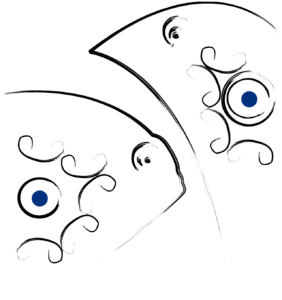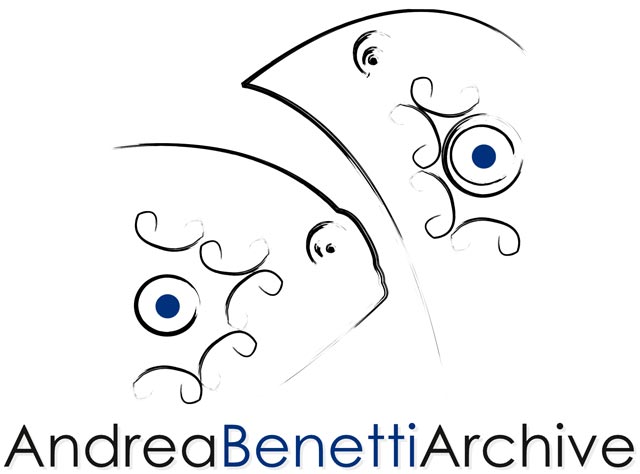Neo-Cave Painting: Ancestral Graffiti
Andrea Benetti’s exhibition “Neo-Cave Painting” remains open for visits until Sunday, September 25, set in a highly fitting and naturally evocative location: a cave. The setting becomes both a companion and an assistant to the intense visual impact of the artist’s painting. Benetti has chosen the Castellana Caves as the starting point for his imaginative journey into the future of humanity, beginning with primeval man. This is precisely his point of reference, as he evokes the movements of our ancestors and translates them onto modern canvases resistant to the humidity of the karst environment.
But let’s proceed in order. The exhibition, which inspires reflections on humans as cave dwellers, takes an innovative yet not entirely unprecedented ancestral leap. It maps out places and narrates the memories of an early actor who, at the time, had no actual stage to perform on—yet he created his own platform to depict habits, customs, and traditions of an era that had not yet developed writing as a means of continuity, relying instead on graffiti.
Thus, La Grave, the main chamber of the Castellana Caves, becomes the prestigious podium of this Benettian art—an artistic expression that has nothing to envy in comparison to its contemporary counterparts in terms of representing reality. It is also a pioneering initiative that introduces a new way of conceiving cultural tourism.
Beyond the caves’ original and natural purpose of sheltering life, a new trend emerges—one that stores art to make it accessible in an alternative and direct way. The first exhibition, naturally, could only be dedicated to a meeting with the past, an encounter with the deepest roots of human experience, and a contemporary interpretation by an artist who stages his own vision of primitive man. “We should be asking ourselves what it means to be human after 9/11,” Benetti states.
According to the exhibition’s curator, Massimo Guastella, professor of Contemporary Art History at the University of Salento, we must reset and start again from the dawn of humanity, from that primordial art, in order to rebuild a new world.
The cave art that once narrated rituals, beliefs, and cultural references to future generations now takes on a Neo-Cave form, exploring the mental landscapes of our contemporary world. It seeks to rediscover the value of coexistence for 21st-century humanity and to redefine an identity path that has become part of modern man’s cultural heritage.
It is easy to agree with Silvia Godelli, Puglia’s Regional Minister of Culture, when she describes this work as a new “manifesto of art”, since it embodies a new artistic pursuit, an effort to start from scratch, a reconstruction after the collapse of ideals, and a cleansing after the confusion generated by an overwhelming yet alienating modern reality.
This is precisely what an artist should do: tell the world their interpretation of it, observe it, and offer a personal vision—perhaps even distancing themselves from the chaotic power structures of contemporary society.
A light in the darkness. Calling it a guide might be an overstatement. But a beacon would be an apt metaphor, for a beacon, after all, points the way to solid ground, offering a direction to those lost at sea.
“Art must symbolically return to its origins (…), it must have the foresight to retrace its steps, back to its roots, aware of the need to send a clear and powerful signal for the reconstruction of the very foundations upon which our existence is built.”
This statement appears in the “Manifesto of Neo-Cave Art”, written by Andrea Benetti and presented at the 53rd Venice Biennale in 2009.
Thus, the exhibition—set inside a cave—evokes the millennia-old graffiti of Altamira in Spain and Lascaux in France, evidence of humankind’s passage through distant eras. Puglia itself holds a precious example of this prehistoric legacy in Porto Badisco. Perhaps as a tribute to this land, the Bolognese artist has chosen Castellana Caves as the starting point of his journey.
Marilena Rodi |
Journalist |




